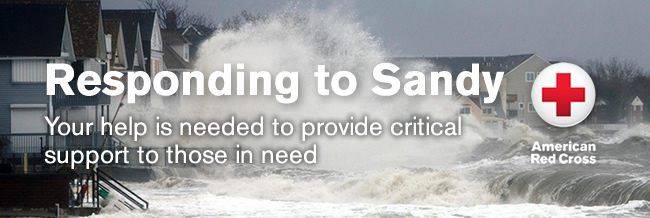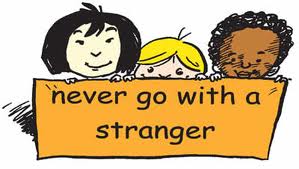 Earlier in the year, we talked about Facebook Insights, what they mean and how they can help you grow your organization’s online presence. One of the key statistical numbers Facebook gives you within Insights is something called “Reach“. This number represents how many people are viewing your Facebook content. You can measure Reach by how many people see each post on a daily basis. Reach can be a powerful indicator of how healthy your agency’s Facebook is.
Earlier in the year, we talked about Facebook Insights, what they mean and how they can help you grow your organization’s online presence. One of the key statistical numbers Facebook gives you within Insights is something called “Reach“. This number represents how many people are viewing your Facebook content. You can measure Reach by how many people see each post on a daily basis. Reach can be a powerful indicator of how healthy your agency’s Facebook is.
Recently, you may have noticed that while your number of likes has been going up, your Reach number has gone down. This change most likely has nothing to do with the content you are posting or the number of posts. Behind the scenes, Facebook has been dialing down the number of people who see your posts and promoting the use of Sponsored Posts and Facebook Ads.
 My first reaction to what Facebook is doing was just like any other internet enthusiasts — “why are they monetizing the internet?” But then I stopped and thought about it for a moment. Given the public reaction to Facebook becoming a publicly traded company, they obviously have to find ways to make money. Advertising revenue seems like a great way to do it.
My first reaction to what Facebook is doing was just like any other internet enthusiasts — “why are they monetizing the internet?” But then I stopped and thought about it for a moment. Given the public reaction to Facebook becoming a publicly traded company, they obviously have to find ways to make money. Advertising revenue seems like a great way to do it.
So, now the trick is how to do we work with Facebook’s new game plan?
One thing we can do is make sure that people are aware that they might not be seeing all of your posts. Here are two simple suggestions:
- Post an explanation on your Facebook page
- Send out an email to your distribution list
Explaining this change to people can help increase your “reach” numbers. Do you need to go into much detail when explaining what is happening? No. Something like what is posted below can do the trick.
Hi everyone! Due to recent changes in the Facebook algorithm that decides what is seen in your News Feed, you may not be getting all of the updates from us. To ensure that you remain up to date, please follow these simple steps:
1) go to the Pastimes Facebook page
2) hover over the box that says “Liked” under our cover photo
3) make sure that “Show in News Feed” is selectedThanks so much for supporting [Name of Organization]!
 However, making sure that people are aware is only half of the battle. Changing up your post types is also helpful. Photos are more engaging than text, so make sure you include a photo with as many status updates as possible. This will hopefully get one of your supporters to “like” the post and then one of their friends will see it as well.
However, making sure that people are aware is only half of the battle. Changing up your post types is also helpful. Photos are more engaging than text, so make sure you include a photo with as many status updates as possible. This will hopefully get one of your supporters to “like” the post and then one of their friends will see it as well.
It might not be a bad idea to consider setting aside some money for sponsored posts. The way this works is easy enough:
- you pay Facebook a certain amount of money,
- they ensure that a certain amount of people see that specific post.
Of course, you’ll want to be strategic when planning out which posts to sponsor, but sponsoring some and seeing how they work can help you decide if this is something you’d like to continue doing for your organization.
More information about what Facebook calls “Sponsored Stories” can be found here. (Fun Fact — Facebook also changed how many people see your personal status messages as well. Therefore, they have made it possible for those status updates to be sponsored as well . . . just in case you want everyone you know to know something.)
Finally, I’d like to remind you that Facebook (while quite popular) is not the end all be all of social networks. It is important to create a following on as many social media platforms as you possibly can. This will make it easier to adjust when changes like this occur. Don’t be afraid to share content across platforms to let followers on each network know that you are active in other forms of social media.
While these changes to Facebook will impact how you reach your followers, it should not change how you interact with people on Facebook. Just because you are reaching fewer people on a daily basis, doesn’t mean you aren’t reaching anyone. Do not let these changes cause you to be lax in updating or slow in responding to comments. As every nonprofit knows, every supporter counts.
Do you track your agency’s Facebook reach? What have been your experiences and how have you responded? Please share your thoughts and approaches in the comment box below.



















